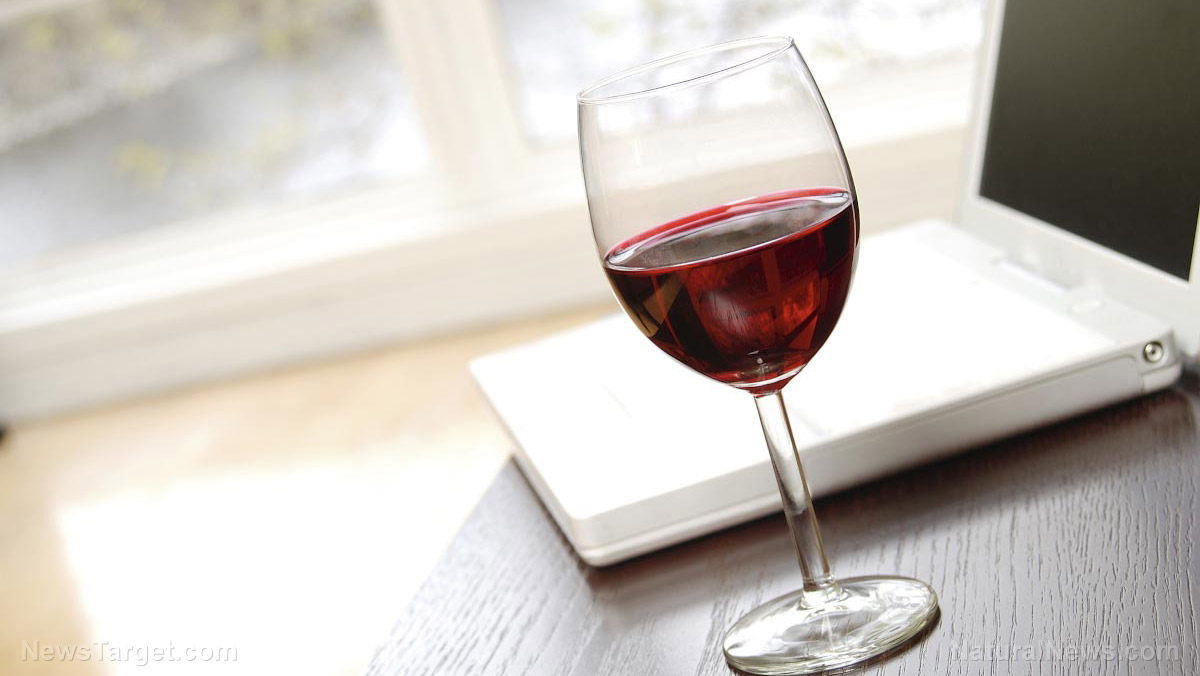
Antioxidants are substances that neutralize harmful free radicals in the body. These free radicals are highly unstable and reactive elements that are produced as byproducts of different metabolic processes. When the amount of free radicals in the body is greater than the level of antioxidants, damage can be inflicted on DNA, proteins, and membranes of the cells. This damage increases the likelihood of developing diseases, such as cancer.
High amounts of antioxidants can be found in a lot of plant-based foods. However, these antioxidants are often lost when the foods are being processed. Studies have suggested that the fermentation process used for producing alcoholic beverages, such as wine, retains the antioxidant content of the ingredients used. In addition to this, processing into alcoholic beverages also allows for long-term storage of antioxidant-rich foods.
In winemaking, one of the factors that could possibly affect antioxidant content is the maceration technique used. For this study, which was published in the Journal of Medicinal Plants Research, the researchers considered three maceration techniques: fruit preheating, mechanical, and a combination of both. Must, which is the unfermented, freshly pressed fruit juice, and fermented wine produced using these techniques were then compared based on their antioxidant properties.
The antioxidant activity of the Andean berry products was determined based on their free radical scavenging activity, as well as their total phenolic content. It was observed that must exhibit higher phenolic content than the fermented products, especially when prepared using maceration techniques that involve heat. Enzymes, such as polyphenol oxidase, could have played a role in the reduction of antioxidants in mechanically macerated Andean berries. Mechanical maceration increases the area of contact of oxygen, which improves enzymatic action. On the contrary, heat inhibits enzymatic action leading to higher antioxidant content in the remaining maceration techniques.
Anti-proliferative activity of Andean berry wine prepared using the pre-heating method was also determined. They observed that Andean berry wine was able to inhibit the growth of colon cancer cells in a dose-dependent manner. This cytotoxic activity of wine is possibly due to the presence of anthocyanins, which have been proven by previous studies to inhibit cancer cell proliferation and metastasis.
Overall the results of the study show that with further research, Andean berry wine can potentially be used for cancer treatment and prevention due to its high antioxidant content. (Related: Do antioxidants really matter for cancer prevention? 5 antioxidant-rich foods.)
Health benefits of drinking wine
Aside from its potential in cancer treatment, wine has many other health benefits such as:
- Improving heart health – The antioxidants in wine play a role in reducing harmful low-density lipoprotein cholesterol while maintaining good high-density lipoprotein cholesterol. In addition to this, wine can also regulate blood pressure.
- Reducing the risk of diabetes – Studies have shown that drinking wine reduces the risk of getting diabetes by up to 30 percent. The polyphenols present in wine also regulates blood sugar levels.
- Preventing breakouts – Resveratrol, a common antioxidant in wine, inhibits the growth of acne-causing bacteria. Although this antioxidant can also be topically applied, studies have shown that ingesting it is more effective.
- Boosting mood – When people are sad, some turn to wine to feel better. Studies have shown that drinking wine, in moderation, reduces the risk of depression.
Learn more about how the antioxidants found in Andean berry wine can be used to treat cancer by visiting Cancer.news today.
Sources include:
Please contact us for more information.


















